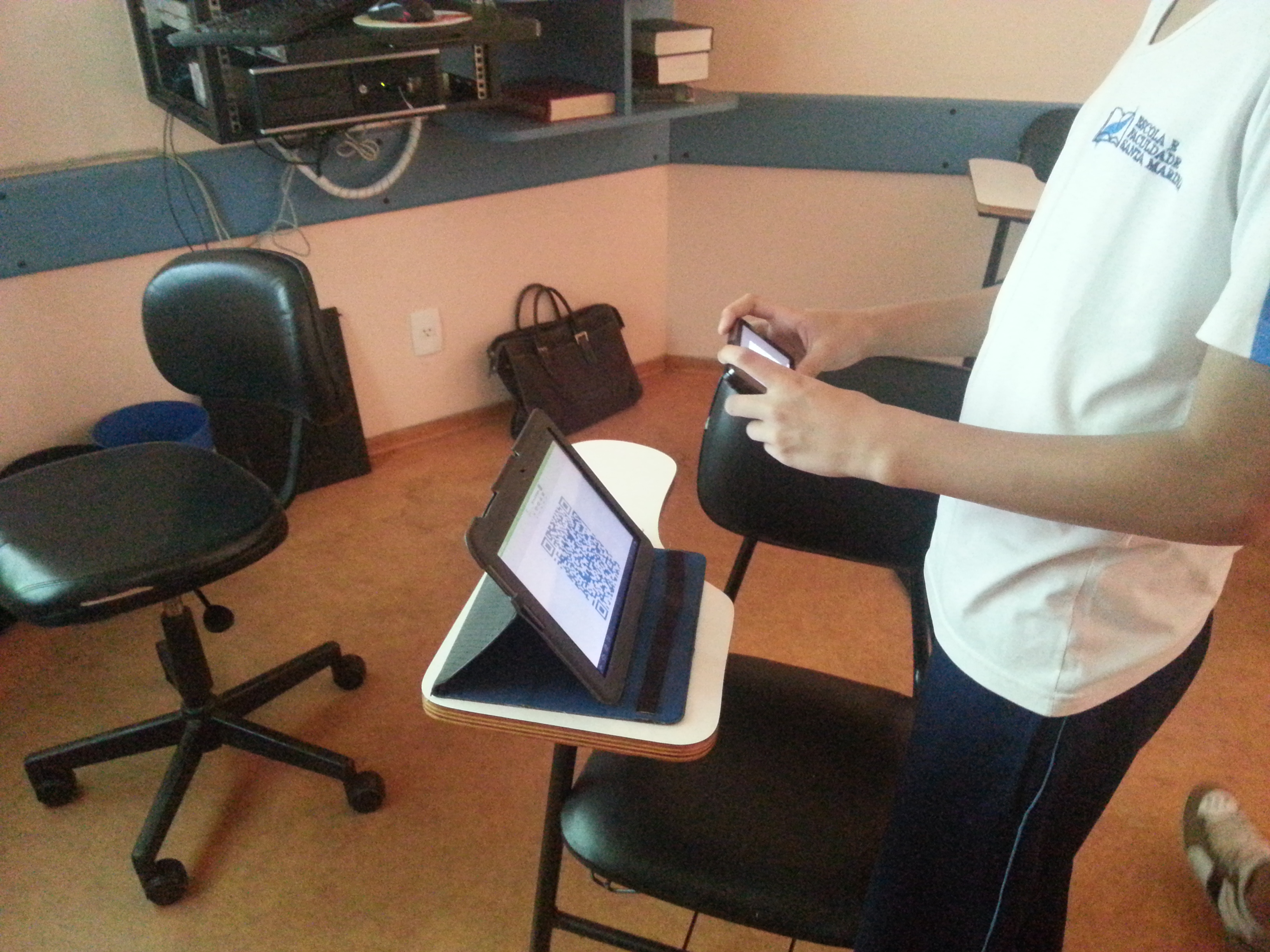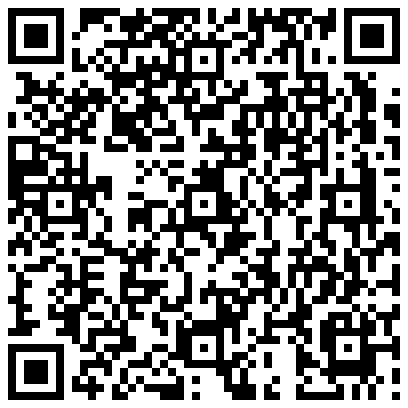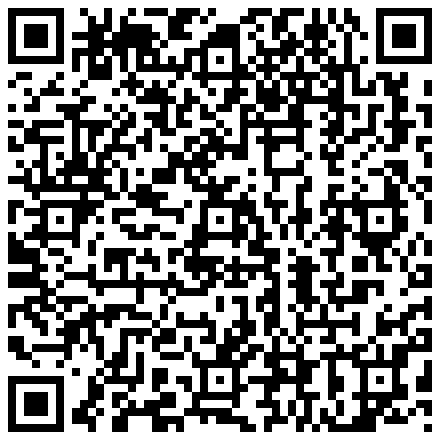 Raquel Gonzaga is a blog writer in the field of technology resources for ELT classrooms. In this post, she considers how QR codes can be used to involve and motivate students in the EFL classroom.
Raquel Gonzaga is a blog writer in the field of technology resources for ELT classrooms. In this post, she considers how QR codes can be used to involve and motivate students in the EFL classroom.
Smartphones during EFL classes? How can that be productive?
In this post I intend to share my experience with QR (Quick Response) codes and how they can be used to engage students in simple activities in the classroom.
I often come across students and fellow teachers who have not heard about QR codes at all. So this is an opportunity to get to know a tech resource that has a variety of uses for many purposes, including learning English.
Here’s a video that illustrates how QR codes work:
As a way of checking how familiar your groups are with this resource, the video below could be shown as a way of attracting students’ attention to one of the possible uses and how that relates to their experience of using mobile devices.
Sharing my experience
When I first came across the concept of QR codes for classroom use, the main idea was to use them to link to websites and have students work in small groups. Ok, but the majority of my students haven`t got 3G access, they rely on wi-fi connection, which is not yet available where I work, limiting the number of devices that could be used.
Researching a bit more, I realized that there are ways of using QR codes offline; among them is the option of TEXT. There are several services that offer this functionality, including the one I use, Kaywa. You can type up to 160 characters, enough space for a full sentence, a question or even clues.
Possible offline usages:
The option TEXT, which can be accessed offline is the first one I tried. Here are some of the different approaches I have tested:
- Vocabulary revision – you type some clues as to the words/collocations you want the students to remember. Students have to work out the words based on the clues you provide
- Warm up questions – type questions or statements and have students exchange their ideas on the topic
- Vocabulary riddles – you name it; the possibilities are endless!
You can even supply different groups of students with different codes. Afterwards, students report their findings to their classmates.
How about getting started? If you have a smartphone, go to your app store/market and download a QR code scanner.
Now, hands on practice:
The QR codes below have a quick description of a problem. As students scan the code they have to come up with suitable pieces of advice for each case and share their thoughts.
Try scanning these codes (if you can’t, I’ve added the message that appears):

The message that appears is: “A friend has been feeling extremely tired and sleepy. His/ Her concentration ability has been very low.”

The message that appears is: “Your cousin, who is 16 years old, has no idea what to study at college or what career to have. He/ She has been very confused.”
The uses suggested are starting points for student discussion, while engaging them by using their mobile phones in the classroom with a meaningful problem-solving purpose.
It goes without saying that this tech resource should be used as a way of adding variety in the classroom and promoting peer collaboration. One device can be shared by a group of students, or they can each use their own. The beauty of it is that no 3G or wi-fi connection is needed for students to participate.
Have in mind that regardless of the style of activity you choose, you should keep this part of the activity short in order to maintain focus on the language.
After their first experience in the classroom, students start noticing all the publicity and media which makes use of QR codes. Knowledge that goes from the classroom to their everyday lives.
Can you think of other possibilities for classroom use? Have you ever tried using QR codes with different age ranges?


I’m still not sure I understand the need for QR equipped smartphones in the ESL classroom as you’ve explained it. From what I see they don’t add anything to the lesson, they are just replacing a piece of paper. That is, instead of looking at a slip of paper which has the “clue” on it students scan a QR code and read the clue on their phone – if, that is, they have a smartphone.
Or am I missing something here?
Hello icaltefi! That’s the idea ! Teens have mobiles with them all the time. Replacing a traditional activity when a piece of paper was used motivates them. If you try, you’ll see how motivated they work. It is doing the same thing in a different way. Hope it helps! Hugs!
[…] Raquel Gonzaga is a blog writer in the field of technology resources for ELT classrooms. In this post, she considers how QR codes can be used to involve and motivate students in the EFL classroom. … […]
[…] Raquel Gonzaga is a blog writer in the field of technology resources for ELT classrooms. In this post, she considers how QR codes can be used to involve and motivate students in the EFL classroom. … […]
[…] See on oupeltglobalblog.com […]
[…] Raquel Gonzaga is a blog writer in the field of technology resources for ELT classrooms. In this post, she considers how QR codes can be used to involve and motivate students in the EFL classroom. … […]
[…] Raquel Gonzaga is a blog writer in the field of technology resources for ELT classrooms. In this post, she considers how QR codes can be used to involve and motivate students in the EFL classroom. … […]
Hi !
From my experience so far, both teens and adults have enjoyed it for there is a goal in using the mobile device they love so dearly!
Also you can save paper, there’s no need of printing lots of copies, students can keep the information and refer back to it if need be, the teacher can have an idea and very quickly type an activity, saving time with printing, paper-cutting…Peer collaboration is also very rewarding for whatever activity is to be done in groups due to the number of devices available.
The use of QR Code-based activities is not a must, but another way of using the available technology as a means for a learning purpose.
😉
Very nice article. I had the experience, and I think it´s very different and the students really enjoy.
Good to know Esther !
Cheers 😉
How do you deal with students who don’t have smarphones? I have a number of students from poor families and I’m worried that this might show them up as they have very basic phones only.
In all groups I worked with the QR Codes there were about 4 mobile phones per group of 20 students, this is also an issue here in Brazil. So there was usually an average of 4 or 5 students working with the info scanned and exchanging ideas or doing the proposed team-activity. Also, before actually working with this resource we need to get to know how much students know or not about this app, clarify doubts…In this sense the videos in the article come in handy 🙂
[…] Raquel Gonzaga is a blog writer in the field of technology resources for ELT classrooms. In this post, she considers how QR codes can be used to involve and motivate students in the EFL classroom. Smartphones during EFL … […]
[…] Raquel Gonzaga is a blog writer in the field of technology resources for ELT classrooms. In this post, she considers how QR codes can be used to involve and motivate students in the EFL classroom. … […]
[…] QR codes – using mobiles in the EFL classroom « Oxford University Press – English Language Teac…. […]
[…] See on oupeltglobalblog.com […]
[…] Raquel Gonzaga is a blog writer in the field of technology resources for ELT classrooms. In this post, she considers how QR codes can be used to involve and motivate students in the EFL classroom. … […]
Thank you for this article. In order to deal with the range of cell phone devices carried by students, I suggest that every QR Code that is displayed is accompanied by a SMS Interactive Text alternative that can reach the same mobile optimized web page (if the cell phone has a browser) or return text showing a simplified URL character string (if the cell phone has no browser). That way everyone will feel included.
The idea is really awesome! take a look at these suggestions too:
https://teachingenglishwithoxford.oup.com2012/06/19/using-technology-to-improve-writing-activities/#comment-11676
Hi Anna !
Thanks for sharing the link.
By sharing our hands-on experiences we do help each other.
Greetings !
😉
Good idea Grant 🙂
The SMS can be used as an alternative reference which can be accessed when a wireless connection is available or while the student has not yet had the time to download the QR Code app for whatever reason.
Thanks !
[…] Raquel Gonzaga is a blog writer in the field of technology resources for ELT classrooms. In this post, she considers how QR codes can be used to involve and motivate students in the EFL classroom. … […]
[…] Raquel Gonzaga is a blog writer in the field of technology resources for ELT classrooms. In this post, she considers how QR codes can be used to involve and motivate students in the EFL classroom. … […]
[…] See on oupeltglobalblog.com […]
[…] Raquel Gonzaga is a blog writer in the field of technology resources for ELT classrooms. In this post, she considers how QR codes can be used to involve and motivate students in the EFL classroom. … […]
[…] Raquel Gonzaga is a blog writer in the field of technology resources for ELT classrooms. In this post, she considers how QR codes can be used to involve and motivate students in the EFL classroom. … […]
[…] Raquel Gonzaga is a blog writer in the field of technology resources for ELT classrooms. In this post, she considers how QR codes can be used to involve and motivate students in the EFL classroom. … […]
[…] Raquel Gonzaga is a blog writer in the field of technology resources for ELT classrooms. In this post, she considers how QR codes can be used to involve and motivate students in the EFL classroom. … […]
[…] Raquel Gonzaga is a blog writer in the field of technology resources for ELT classrooms. In this post, she considers how QR codes can be used to involve and motivate students in the EFL classroom. … […]
[…] Raquel Gonzaga is a blog writer in the field of technology resources for ELT classrooms. In this post, she considers how QR codes can be used to involve and motivate students in the EFL classroom. … […]
[…] Smartphones during EFL classes? How can that be productive? In this post I intend to … Oxford University Press – English Language Teaching Global Blog @OUPELTGlobal · Home · About · Categories · Blog Authors · Guest … […]
Google offer a URL shortening service https://goo.gl/ . It’s free without any limits on how many times you use it and it can be used to generate QR codes either by adding .qr to the short form or by clicking on details to see the QR code
[…] QR Codes- OUP Blog Post […]